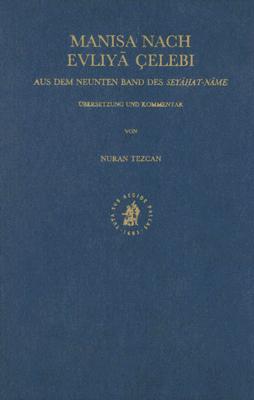

In that case, the room originally known as the Parthenon could have been a part of the temple conventionally, but not necessarily correctly, known as the Erechtheion. It has also been suggested that the name of the temple alludes to the maidens ( parthénoi), whose supreme sacrifice guaranteed the safety of the city. The epithet parthénos ( παρθένος) meant "maiden, girl" as well as "virgin, unmarried woman." The term was especially used for Artemis, the goddess of wild animals, vegetation, and the hunt and for Athena, the goddess of strategy, tactics, handicraft, and practical reason. According to this theory, the name of the Parthenon means the "temple of the virgin goddess" and refers to the cult of Athena Parthenos that was associated with the temple. Christopher Pelling asserts that Athena Parthenos may have constituted a discrete cult of Athena, intimately connected with, but not identical to, that of Athena Polias. Green holds that the Parthenon was the room in which the peplos presented to Athena at the Panathenaic Festival was woven by the arrephoroi, a group of four young girls chosen to serve Athena each year. The Liddell–Scott–Jones Greek–English Lexicon states that this room was the western cella of the Parthenon, as does J.B. The origin of the Parthenon's name is from the Greek word παρθενών ( parthenon), which referred to the "unmarried women's apartments" in a house and in the Parthenon's case seems to have been used at first only for a particular room of the temple it is debated which room this is and how the room acquired its name. Since 1975, numerous large-scale restoration projects have been undertaken to ensure the structural stability of the temple. To the Athenians who built it, the Parthenon, and other Periclean monuments of the Acropolis, were seen fundamentally as a celebration of Hellenic victory over the Persian invaders and as a thanksgiving to the gods for that victory. The Parthenon is regarded as an enduring symbol of Ancient Greece, democracy and Western civilization, and one of the world's greatest cultural monuments. Its decorative sculptures are considered some of the high points of Greek art. Like most Greek temples, the Parthenon served a practical purpose as the city treasury. The Parthenon itself replaced an older temple of Athena, which historians call the Pre-Parthenon or Older Parthenon, that was demolished in the Persian invasion of 480 BC.

From 1800 to 1803, The 7th Earl of Elgin removed some of the surviving sculptures, now known as the Elgin Marbles, reportedly with the permission of the Turks of the Ottoman Empire. The resulting explosion severely damaged the Parthenon and its sculptures. On 26 September 1687, an Ottoman ammunition dump inside the building was ignited by Venetian bombardment during a siege of the Acropolis. After the Ottoman conquest, the Parthenon was turned into a mosque in the early 1460s. In the final decade of the 6th century AD, the Parthenon was converted into a Christian church dedicated to the Virgin Mary.

įor a time, it served as the treasury of the Delian League, which later on became the Athenian Empire. It is the most important surviving building of Classical Greece, generally considered the zenith of the Doric order. It was completed in 438 BC, although decoration of the building continued until 432 BC. Construction started in 447 BC when the Delian League was at the peak of its power.

The Parthenon ( / ˈ p ɑːr θ ə ˌ n ɒ n, - n ən/ Ancient Greek: Παρθενών, Parthenṓn, Greek: Παρθενώνας, Parthenónas, ) is a former temple on the Athenian Acropolis, Greece, dedicated to the goddess Athena, whom the people of Athens considered their patroness.


 0 kommentar(er)
0 kommentar(er)
